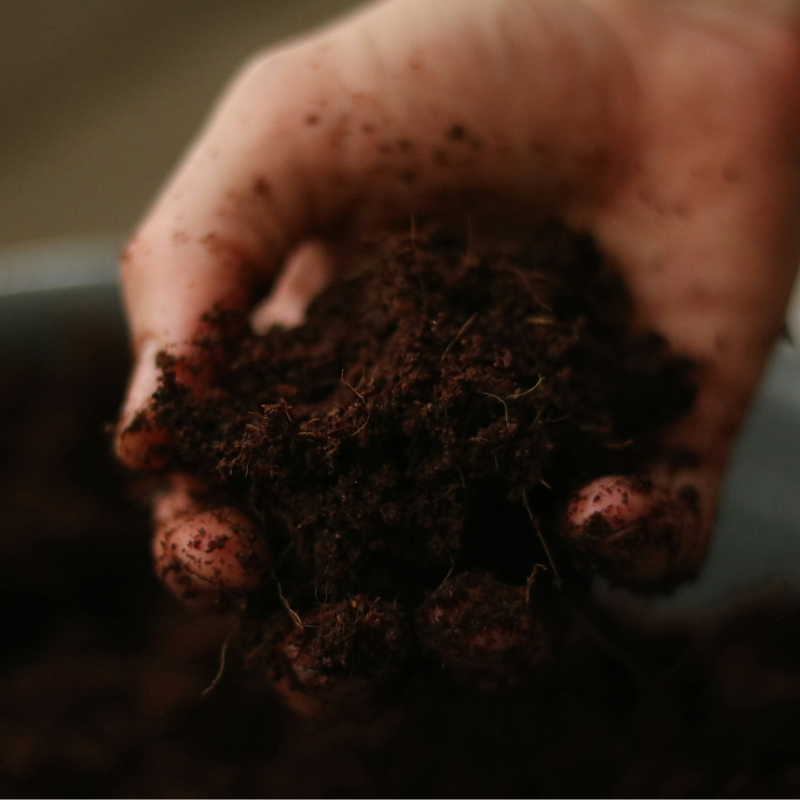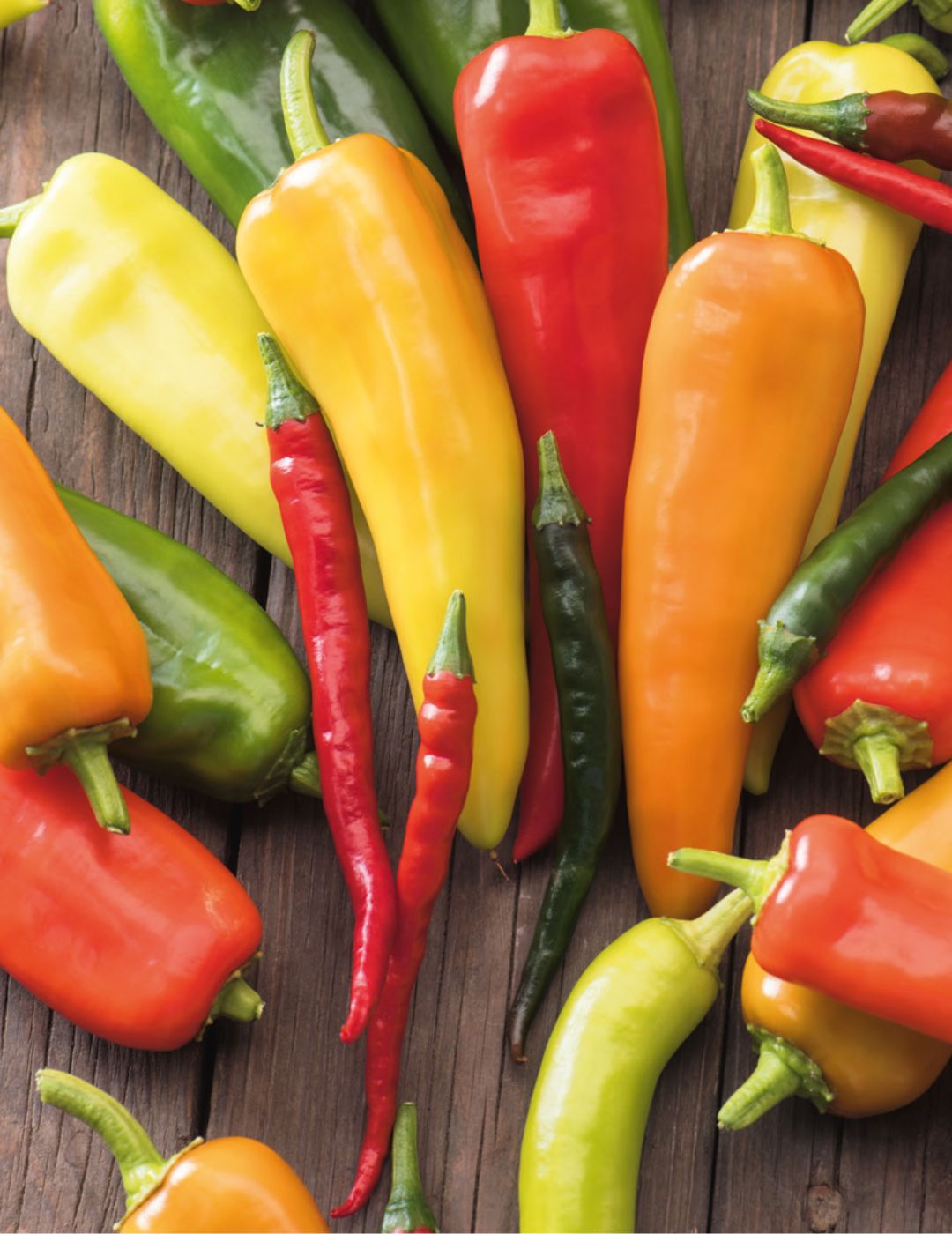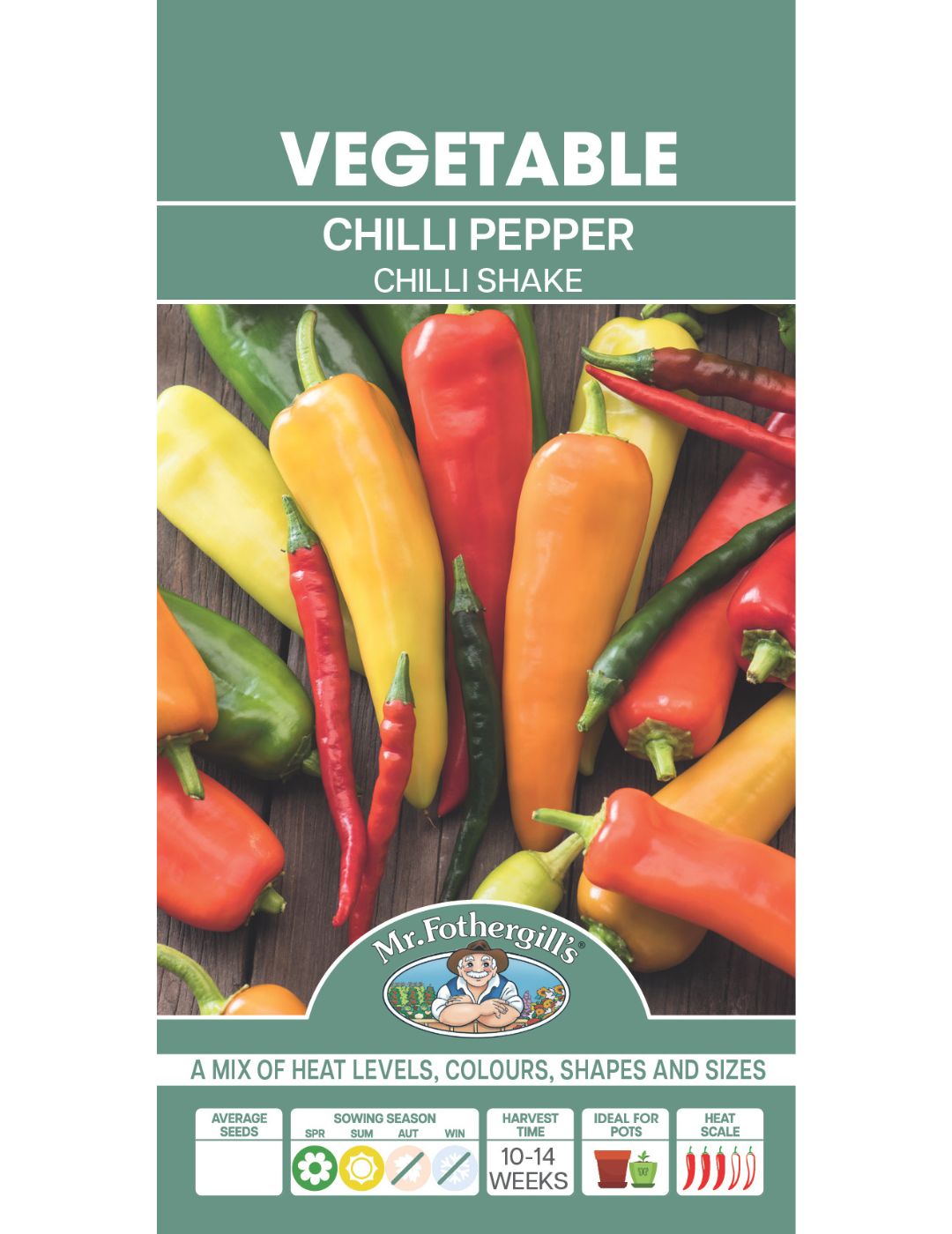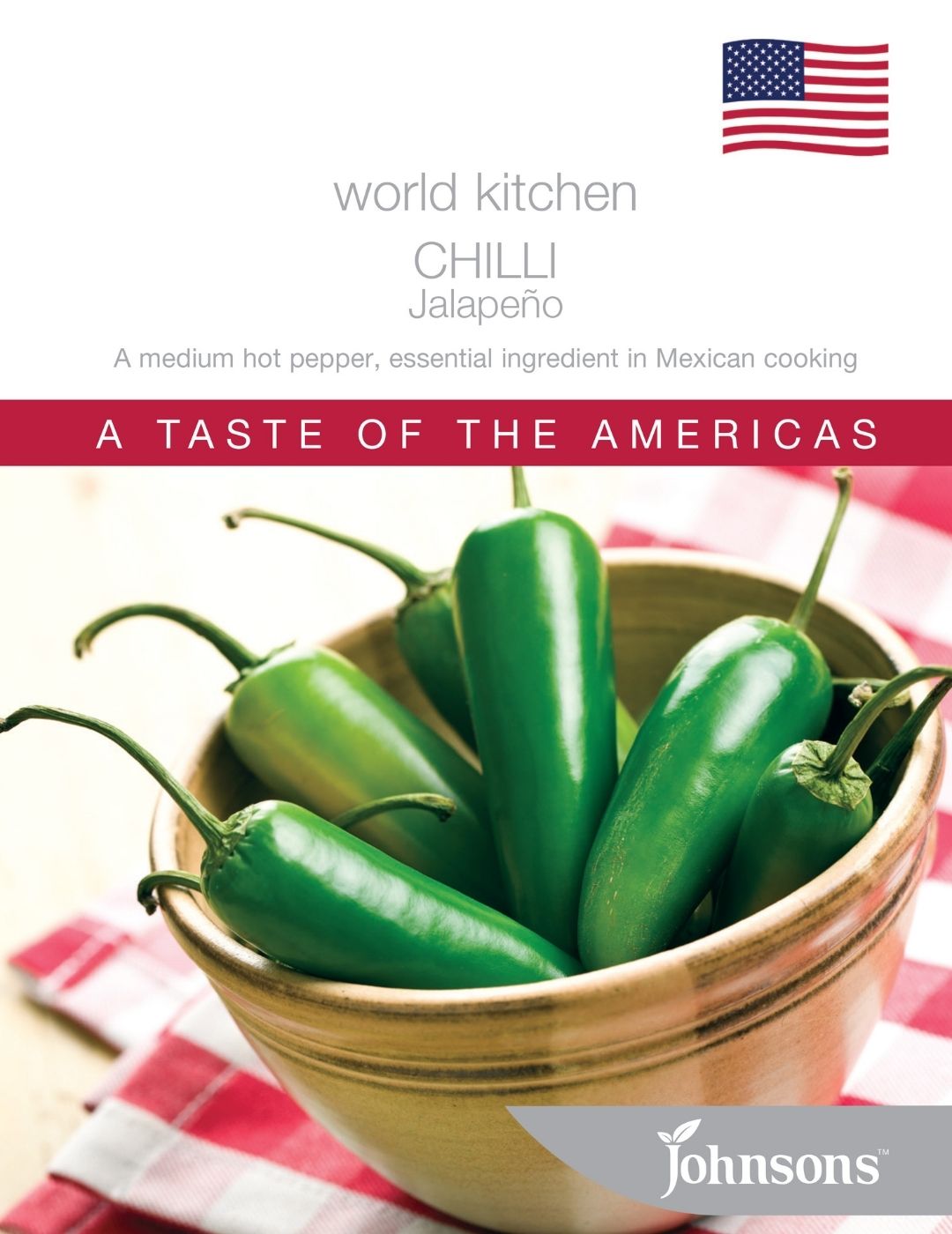Chillies can be irritating to the eyes and skin so it is advisable to wear gloves when harvesting your crop.
To harvest, gently pinch off the fruit that is the desired colour, with jalapenos picked when green and the desired size. Ensure you do not pull too hard on the stems of the fruit as it can snap branches. Plants can become quite bushy, too, so search through the plant and remove any old fruit to prevent pests.
Germination times vary across varieties and for super hot chillies like the famous Carolina Reaper, it can take very long indeed, so start the seedlings much earlier in the season indoors. One germination trick that some horticulturalists recommend is soaking the seeds in a 3% hydrogen peroxide solution for half an hour before planting. The peroxide is said to oxygenate the seed which signals a growth response.
Pest and Disease Prevention
Fortunately, due to their spicy nature, chillies are prey to pests. Aphids may become a problem for young seedlings and enjoy fresh leaf growth, but these can be controlled with an organic horticultural oil-based spray. Contact your local garden centre for suitable options.
Along with aphids, plants may experience sooty mould, a black sticky fungus that can develop after an insect attack. It doesn’t pose an immediate risk to plants, but over time can reduce photosynthesis as the leaves become coated. Once the pest issue is addressed, the fungus can be wiped off the leaves with mild, soapy water.
In areas of New Zealand known for fruit fly infestation, using exclusion netting on your crop will be beneficial. Opt for a fine insect mesh that’s designed to exclude small insects like fruit flies. If you find any fruit that has become soft and filled with maggots, discard it immediately to prevent further pest issues.
Companion Plants for Chillies
Plant your chilli with tomato seeds, basil, spring onion, chive, and marjoram. You can also rotate crops alongside potato, tomato, capsicum, and eggplant.

 How To Grow Chillies
How To Grow Chillies

 When to Grow Chillies in New Zealand
When to Grow Chillies in New Zealand

 Soil Preparation and Location
Soil Preparation and Location

 Sowing Chillies
Sowing Chillies

 Planting
Planting

 Harvesting
Harvesting
 How to Grow
How to Grow
 When to Grow
When to Grow
 Soil Preparation
Soil Preparation
 Sowing
Sowing
 Planting
Planting
 Harvesting
Harvesting







































